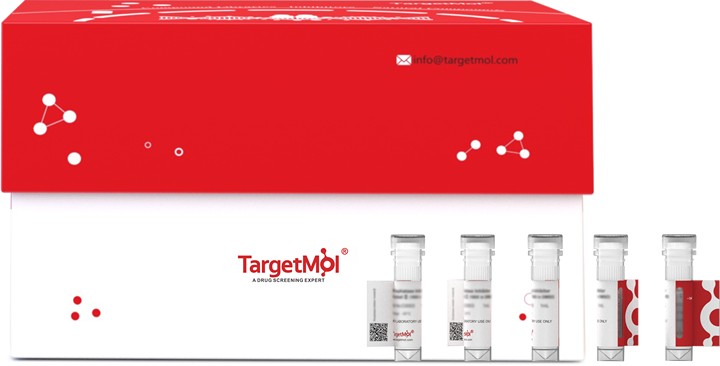购物车
全部删除  您的购物车当前为空
您的购物车当前为空
PD-1 Protein, Mouse, Recombinant (His) V2 is expressed in HEK293 Cells. The accession number is Q02242.

| 规格 | 价格 | 库存 | 数量 |
|---|---|---|---|
| 5 μg | ¥ 265 | 6-8日内发货 | |
| 10 μg | ¥ 415 | 6-8日内发货 | |
| 20 μg | ¥ 669 | 5日内发货 | |
| 50 μg | ¥ 1,280 | 5日内发货 | |
| 100 μg | ¥ 2,180 | 5日内发货 | |
| 200 μg | ¥ 3,960 | 5日内发货 |
| 生物活性 | Loaded Mouse PD-1-His on HIS1K Biosensor, can bind Biotinylated Human PD-L1-Fc-Avi with an affinity constant of <10^-3 nM as determined in BLI assay. (Regularly tested) |
| 产品描述 | PD-1 Protein, Mouse, Recombinant (His) V2 is expressed in HEK293 Cells. The accession number is Q02242. |
| 种属 | Mouse |
| 表达系统 | HEK293 Cells |
| 标签 | C-6xHis |
| 蛋白编号 | Q02242 |
| 别名 | programmed cell death 1,Pdc1,PD-1,Ly101 |
| 蛋白构建 | Leu25-Gln167 |
| 蛋白纯度 | > 95% as determined by SDS-PAGE |
| 分子量 | 17.2 kDa (Predicted); 33-40 kDa (Reducing conditions) |
| 内毒素 | < 1.0 EU/μg of the protein as determined by the LAL method. |
| 蛋白性状 | Lyophilized powder |
| 缓冲液 | Lyophilized from a 0.2 μm filtered solution of 20 mM Tris-HCl, 150 mM NaCl, pH 8.0. |
| 复溶方法 | Reconstitute the lyophilized protein in sterile deionized water. The product concentration should not be less than 100 μg/mL. Before opening, centrifuge the tube to collect powder at the bottom. After adding the reconstitution buffer, avoid vortexing or pipetting for mixing. |
| 存储 | Lyophilized powders can be stably stored for over 12 months, while liquid products can be stored for 6-12 months at -80°C. For reconstituted protein solutions, the solution can be stored at -20°C to -80°C for at least 3 months. Please avoid multiple freeze-thaw cycles and store products in aliquots. |
| 运输方式 | In general, Lyophilized powders are shipping with blue ice. Solutions are shipping with dry ice. |
| 研究背景 | Programmed Death-1 (PD-1), firstly cloned from mouse T cell hybridoma 2B4.11, is one member of CD28/CTLA-4 superfamily. PD-1 belongs to type I transmembrane protein and acts as an important immunosuppressive molecule. The cytoplamsic tail of PD-1 contains two structural motifs, an immunoreceptor tyrosine-based inhibitory motif (ITIM) and an immunoreceptor tyrosine-based switch motif (ITSM) formed by two tyrosine residues which make the difference in PD-1 signal mediating. Mouse PD-1 is expressed in thymus and shares about 69% aa sequence identity with human PD-1. Recently, programmed death-1 (PD-1) with its ligands, programmed death ligand B7H1 (PD-L1) and B7DC (PD-L2), was found to regulate T-cell activation and tolerance, upon ligand binding, inhibiting T-cell effector functions in an antigen-specific manner. PD-1 gene knocked out mice would induce some autoimmune diseases, which suggests that PD-1 acts as a co-inhibitory molecule actively participating in maintaining peripheral tolerance. Thus, PD-1 may be a useful target for the immunologic therapy of carcinoma,infection,autoimmune diseases as well as organ transplantation. |